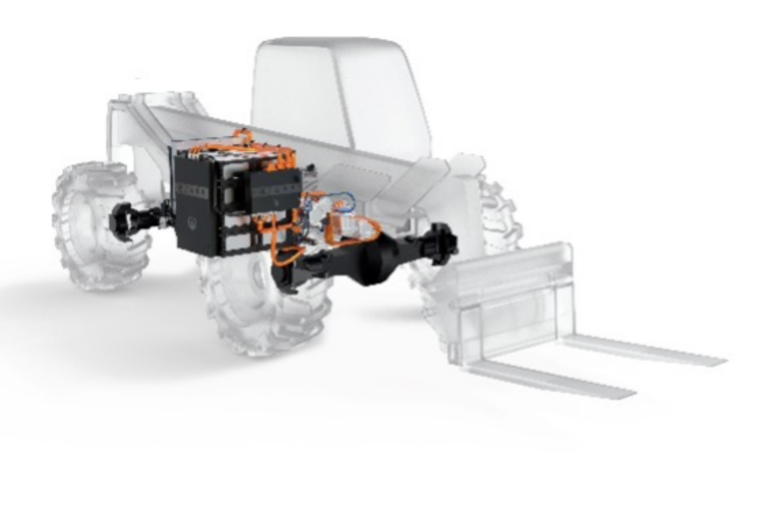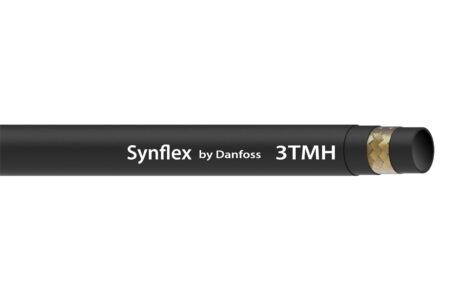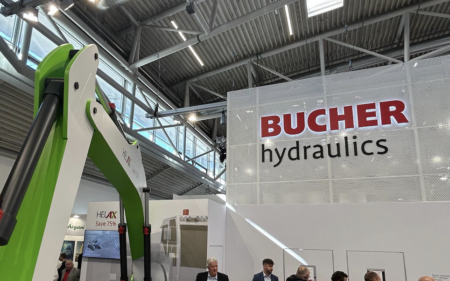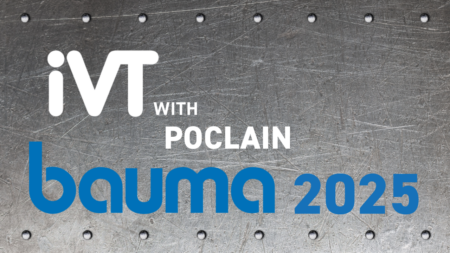Electrically driven yard loaders and telehandlers have already been working successfully in agriculture and at transshipment points for some time. The drive concepts are constantly being optimised and new components are coming onto the market.
Hawe’s electrification experts advise on concept development and component selection. In electrification, the entire vehicle is often not redesigned, but proven work processes are electrically driven. This means that consulting at Hawe usually starts with measurements on the existing vehicle and the definition of a reference cycle, i.e. a specific, standardised workflow. After completion of the concept, this is also used to monitor success.
The first step is to separate the drive and hydraulics. The efficiency of the drive can be significantly increased by the direct electrical or electromechanical (with gearbox) version of the travel drive instead of the hydrostatic one. As a result, there is also less oil in circulation. In addition, a separate electric drive, which drives the hydraulic pump for work functions such as lifting, lowering, tilting and steering, can be reduced to minimum energy consumption or even switched off completely in pure driving mode.
Further optimisation potential is opened up by the electric actuation of the brakes in the wheel transmissions and a directly electrically actuated steering. A small electro-hydraulic steering unit can also increase efficiency. These measures can also be carried out without major adjustments to the working hydraulics system.
The next step is to optimize the hydraulics. The focus here is particularly on the power requirement when lifting and lowering loads.
Environmentally friendly and low-noise – this is what characterises the operation of electric telehandlers and farm loaders. This means that they can also be used indoors or in areas where exhaust fumes and noise would be a problem.





